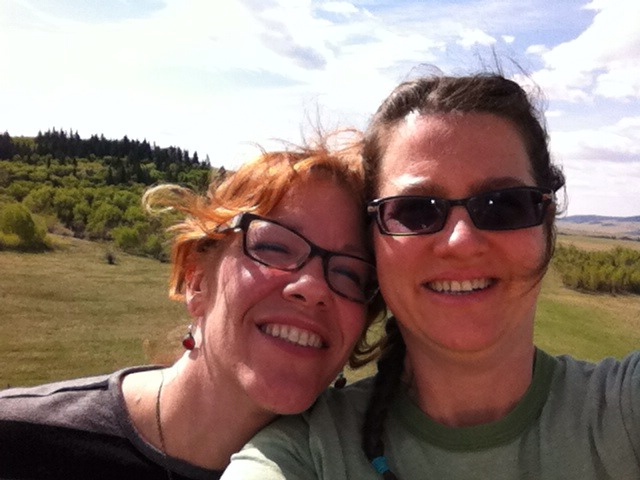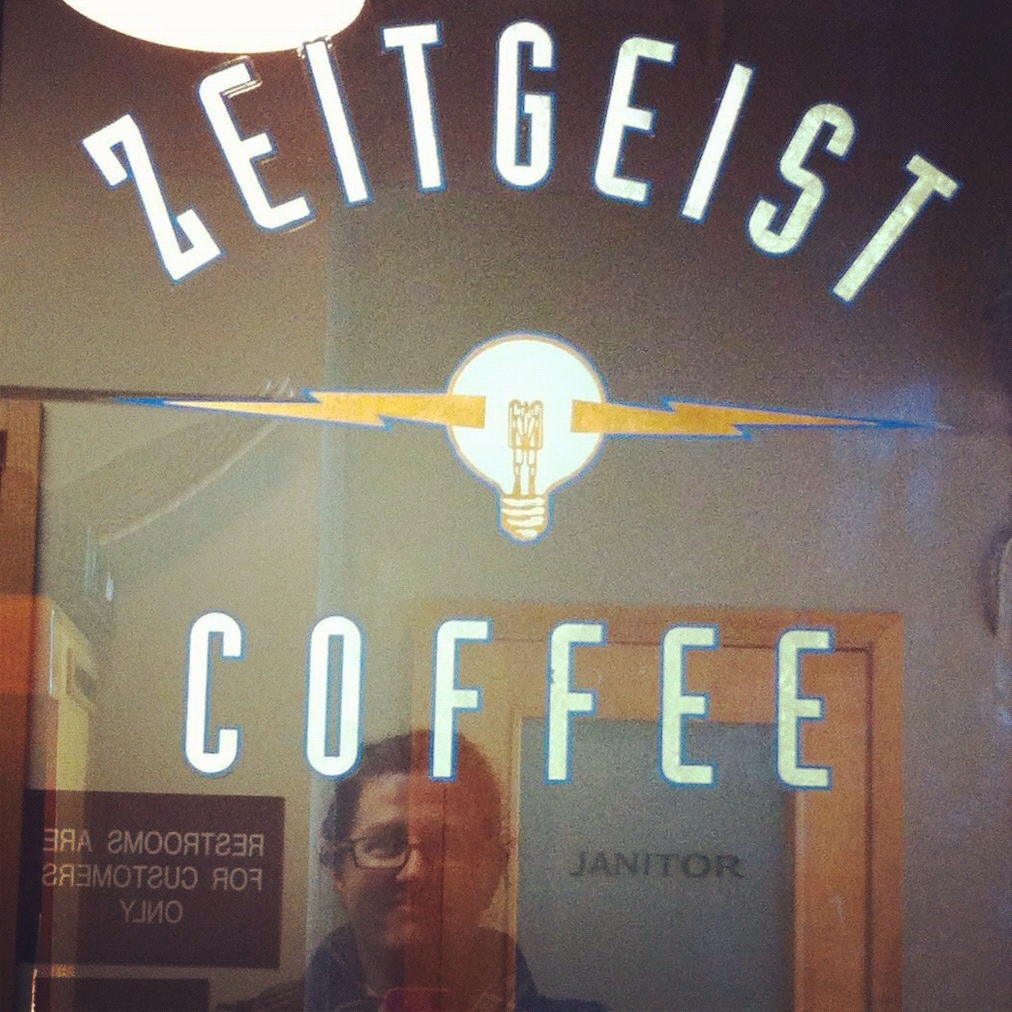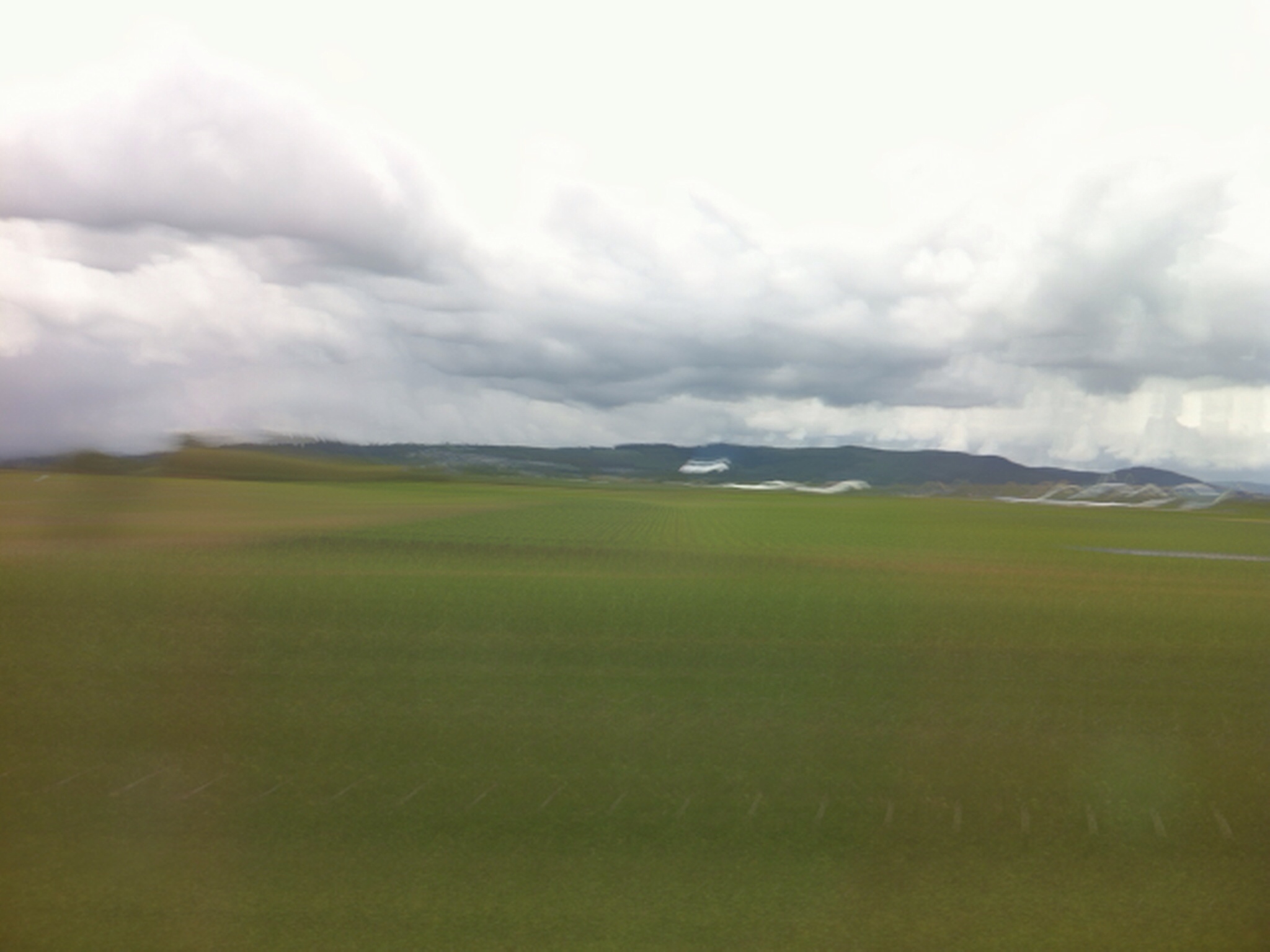Kelly and I left Calgary at 7:45 a.m. yesterday and drove until about 3:30 p.m. to get to Nelson, where we checked into a gloriously luxurious bed and breakfast called The Cloudside Inn. The beds are comfy, the suite is huge, the owners are attentive and even now I can hear them clinking things in the kitchen. I’m excited about what breakfast will bring.
This is us on the road through the Crowsnest Pass.
We decided on Nelson because it has a reputation for being hippie arty paradise, and we’ve never been. What we’ve figured out so far: it’s a thoroughly adorable little town, it’s remote as hell, and due to it being colder here than in Vancouver, we’ve time travelled back to an earlier stage of spring: the magnolias and cherry trees which are all done at home are still in bloom here, and the lilacs are glorious and everywhere, filling the air with perfume.
What else? When we’re on the road I spend a lot of time scanning the power poles for raptors. They like to park on the posts to eat their prey or just scan the surrounding prairie. It’s my idea that one day I’ll see one in a primo spot where there’s also a convenient place to pull off the road, and shoot the hell out of it. Instead, yesterday, we were almost to Nelson when we passed a farm that had, on its roadside power line, a live blue parrot. I assume he lives there and just has the run of the place. He seemed extremely smug about it all. Perhaps the more so because I was tired enough of being in the car at that point that I didn’t beg K to stop.
Yes, a little tired. I have picked up a nasty cold, which fortunately didn’t settle in until we had long since left the Grandma portion of our visit behind. I am trying to be philosophical about it–cheerful, even–since usually it’s K who catches the bug on the road, and it’s darnwell my turn. Still, there have been pockets of feeling like death. I’m beating it back with decongestants and trying not to infect everyone who looks my way.
What really matters, though, is that I have seen An OMG, So Cute So Cute! Dress and unless it somehow looks like dog vomit on me, I will be buying it today. Unless The Skirt hanging on the rack beside it turns out even cuter.







